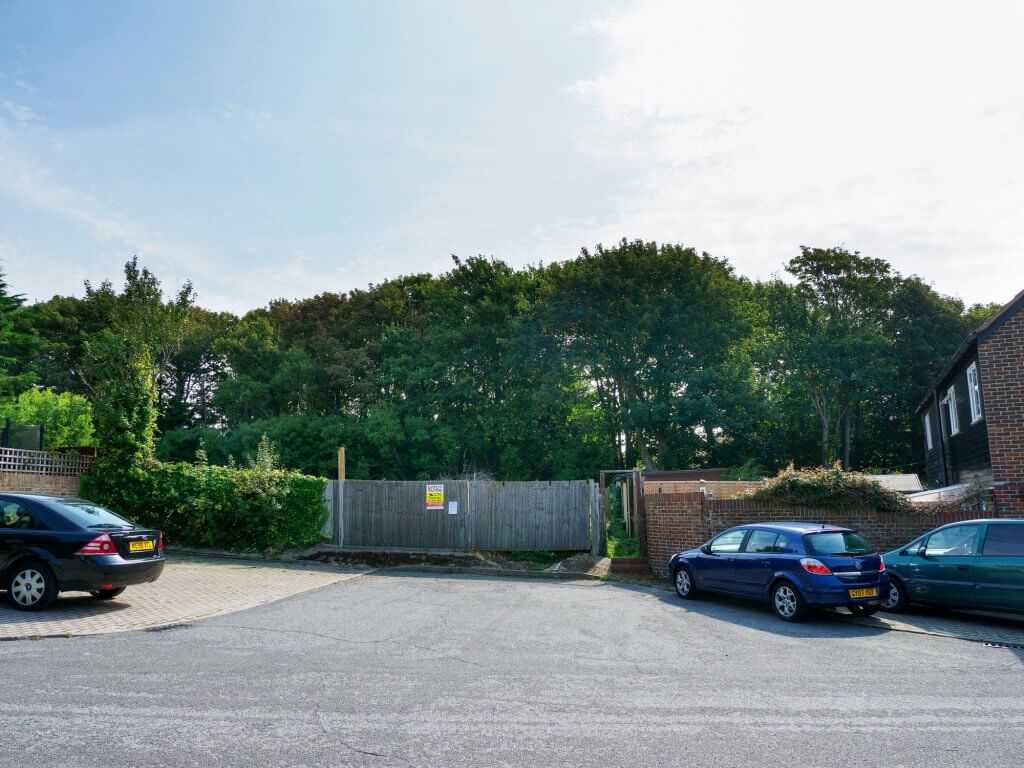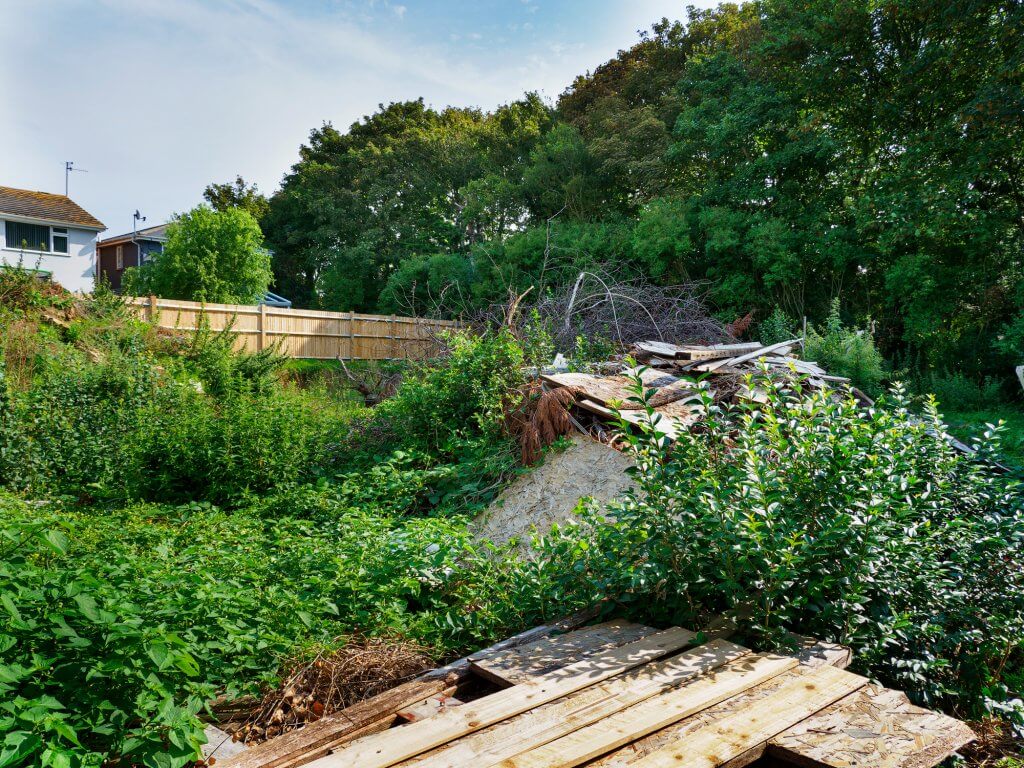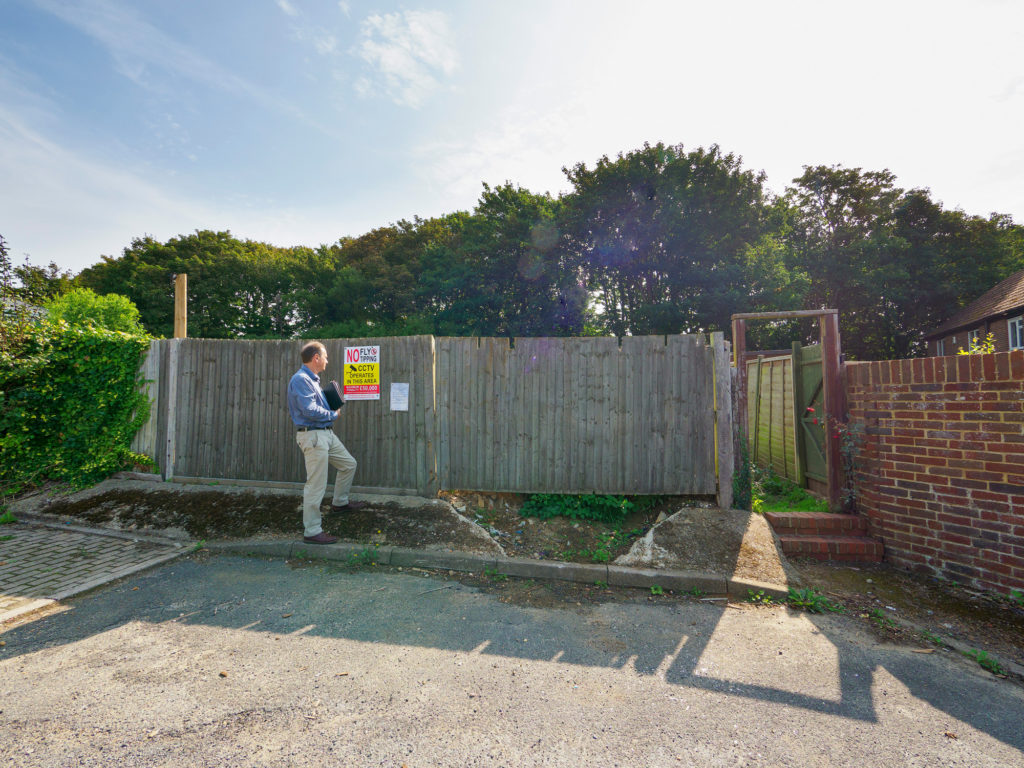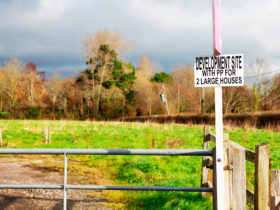
Early Bird Offer! Free tickets to meet independent experts at this summer's Build It Live
Save £24 - Book Now!
Early Bird Offer! Free tickets to meet independent experts at this summer's Build It Live
Save £24 - Book Now!Sue White is looking for a self build plot in her coastal hometown. After a year of searching, she hasn’t found anything suitable yet.
Could this back garden plot in Kent be the perfect location for her self build home dreams?
Sue would ideally like to construct a modest, two-bedroom chalet-style house. She is looking fora plot in a quiet location that isn’t too far from the town centre.
This potential self build site has come onto the market in exactly the right spot, but it has planning permission for a pair of small semi-detached houses.
Could the plot be suitable for one property instead and, if so, how best should Sue approach buying it?
Read more: The Self Builder’s Complete Plot Assessment Checklist
This patch of level land was formerly part of the rear garden of an adjoining house. It’s accessed off the end of a cul-de-sac and backs onto a small area of woodland with a public footpath running through it. It certainly meets Sue’s requirements for a quiet location.
The plot has a frontage to the road of about 13m, widening out to about 15m to the rear, and a depth of 25m. It has been cleared, although there’s a good deal of soil and undergrowth piled on the site, which will need removing.

There are houses backing onto it on either side, but it’s clear that the plot would enjoy a good level of privacy.
The close board fencing around the site has seen better days and would need replacing.
The plot benefits from a recent planning permission for a pair of semi-detached houses, somewhat squeezed in.
This reflects the general push towards higher densities and making the best use of available land. This is a key theme in the new National Planning Policy Framework (NPPF).
On the face of it, a reduction in density back to a single dwelling would go against this initiative and could be difficult to achieve.
As luck would have it, Sue has discovered that consent was granted previously for a two-bedroom chalet. The council’s planning website reveals this was given in May 2016. So the three-year rule means it is still capable of being implemented now, despite the more recent permission for the semis.
Where a building plot has more than one live planning consent on it, you can choose which one to implement. However, you can’t pick and mix elements of different permissions together.
The situation could work well for Sue, as the chalet is close to what she’d like to build, although she’d prefer to alter the external design a little, introducing some dormers at the back where the current plans show rooflights, and rearrange the internal layout.
However, she’s worried about timing, as the chalet consent expires in a few months.
Sue’s quandary is how to secure planning permission for the slightly different chalet-style house she would like, without exceeding the three-year countdown on the consent.
One way would be to get any details required by conditions on the current planning permission approved by the council, and implement or start work on the permitted scheme.
The only planning conditions that would need to be approved prior to the commencement are the external materials and the existing and proposed levels on the site. Neither should be too problematic.
Starting on site would keep the existing planning permission alive for the foreseeable future. It would also put beyond doubt the fact that only a single dwelling is to be built on the plot.
Starting work can constitute as little as simply beginning to dig a foundation trench. Once started, Sue could then apply to amend the consent to her preferred design.
Read more: How to change an existing planning consent
An alternative approach would be to apply to amend the permission now. But that would come with the risk of the council proving resistant to just one dwelling.
However, the design for the semis did provoke a good deal of local objection. So the local authority might be quite happy reverting to an alternative scheme for one house instead.

Sue could try calling the case officer who dealt with the applications to sound them
out. However, this isn’t a completely reliable approach, as it might not be the same officer dealing with a new application and they could have a different opinion.
The downside of amendment is that, if it failed, there might not be enough time to implement the chalet permission. This is because Sue can’t actually start the works until the conditions on the chalet planning permission are formally agreed.
The plot is almost level, and apart from the need to clear all the debris from it, appears to be free of any obstructions to building.
The woodland beyond the rear boundary contains some large trees, but the back of the house would be a good 10m from this so they aren’t likely to be an issue.
The plot set a few hundred millimetres above the road. So I suspect the council’s reason for requesting levels is to ensure the house is set down at road level. This isn’t a planning problem, but could add some cost for removing soil and taking it off-site.
One point Sue needs to check very carefully is whether she would have a right
of access from the end of the cul-de-sac.
The front boundary of the plot, marked by a close board fence, is about 400mm back from the kerb. In this sort of situation the developer of the cul-de-sac and surrounding houses might retain a ransom strip to control access off their road.

In practice the objective of a ransom strip isn’t so much to prevent development, but rather to gain a share of any value created in the future.
This is something that Sue should raise with the selling agent. If there’s any uncertainty, get her solicitor to check before she makes an offer.
If it transpires that a ransom strip is present, she’d need to find out who has the benefit of it and approach them to secure access over it. That process could take time, adding to the planning risks.
This site, with the benefit of two planning permissions, isn’t one where a conditional offer would be likely to succeed.
Sue has to weigh up the prospects for ensuring she can build the house she wants. If she’s satisfied they’re good enough, she should get an offer in as quickly as possible.
Once this is accepted, there’s nothing to stop her cracking on with getting the two conditions – materials and levels – agreed on the existing planning permission, even though she might not have completed her purchase.
As soon as the conditions are agreed, she needs to get some limited works underway to implement the permission. She should then try to get the council to acknowledge it’s started. At that point she can relax, as she’ll no longer be racing against the clock.
Given the timing issues with planning, Sue would be well advised to consider whether she could live with the chalet house design that already has planning permission.
If so, this would free up a little more time for her to research the potential access issue before buying.
If it turns out there’s no problem, then this looks like an ideal plot, provided she can secure it via a realistic offer.

